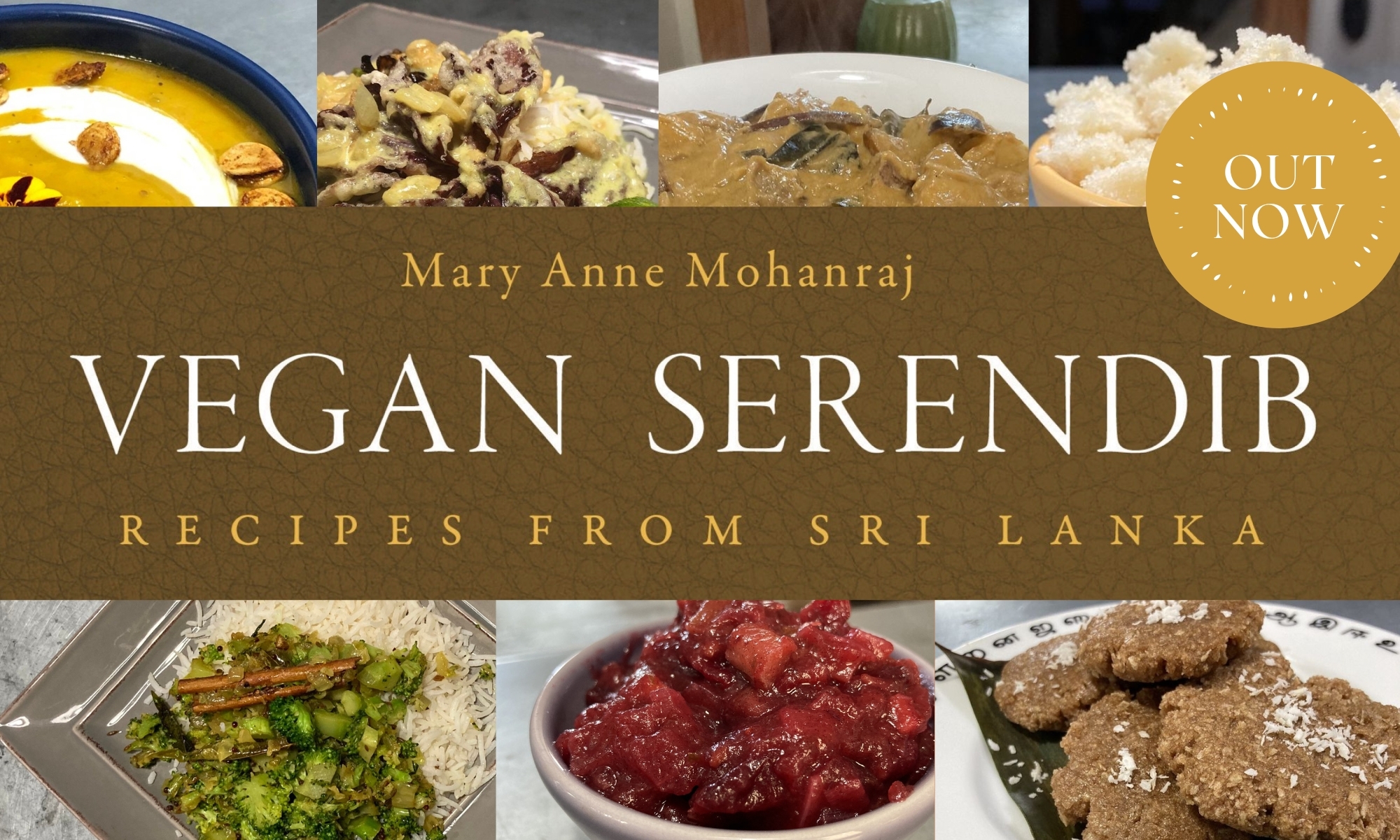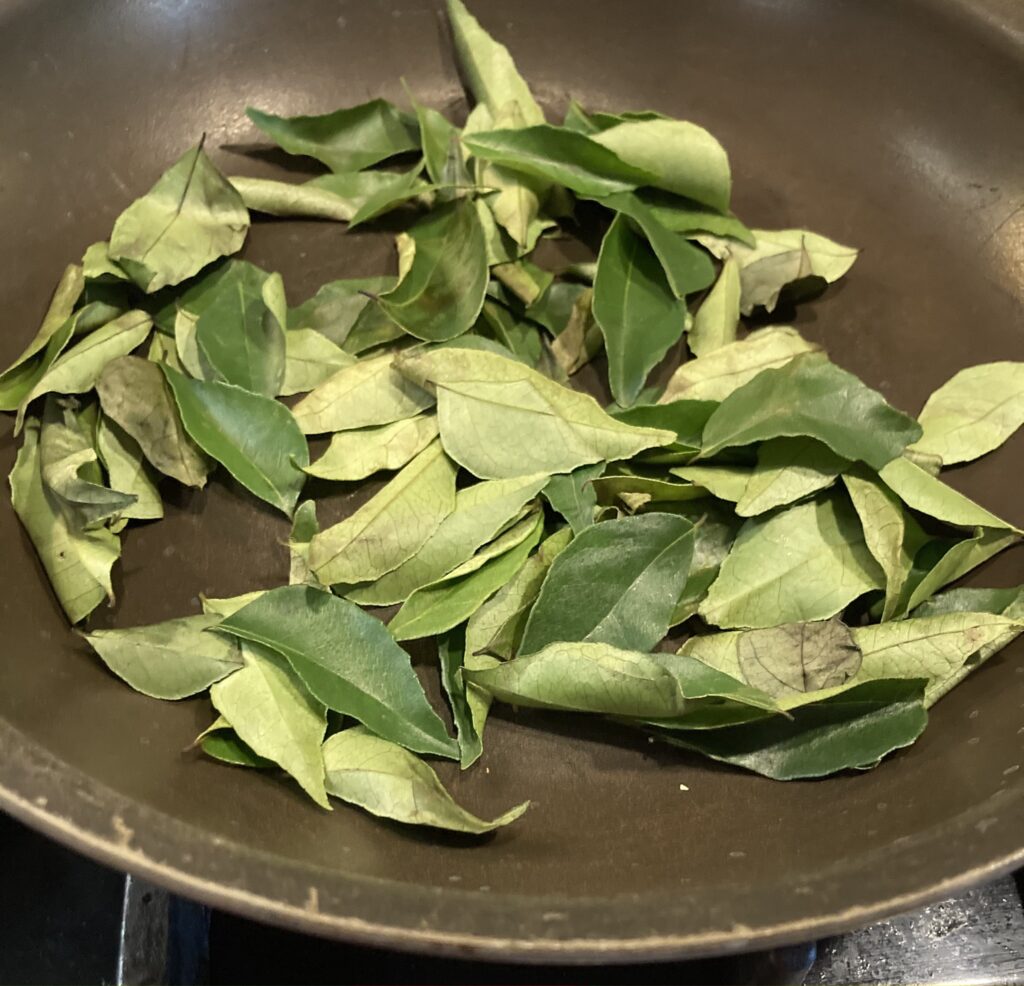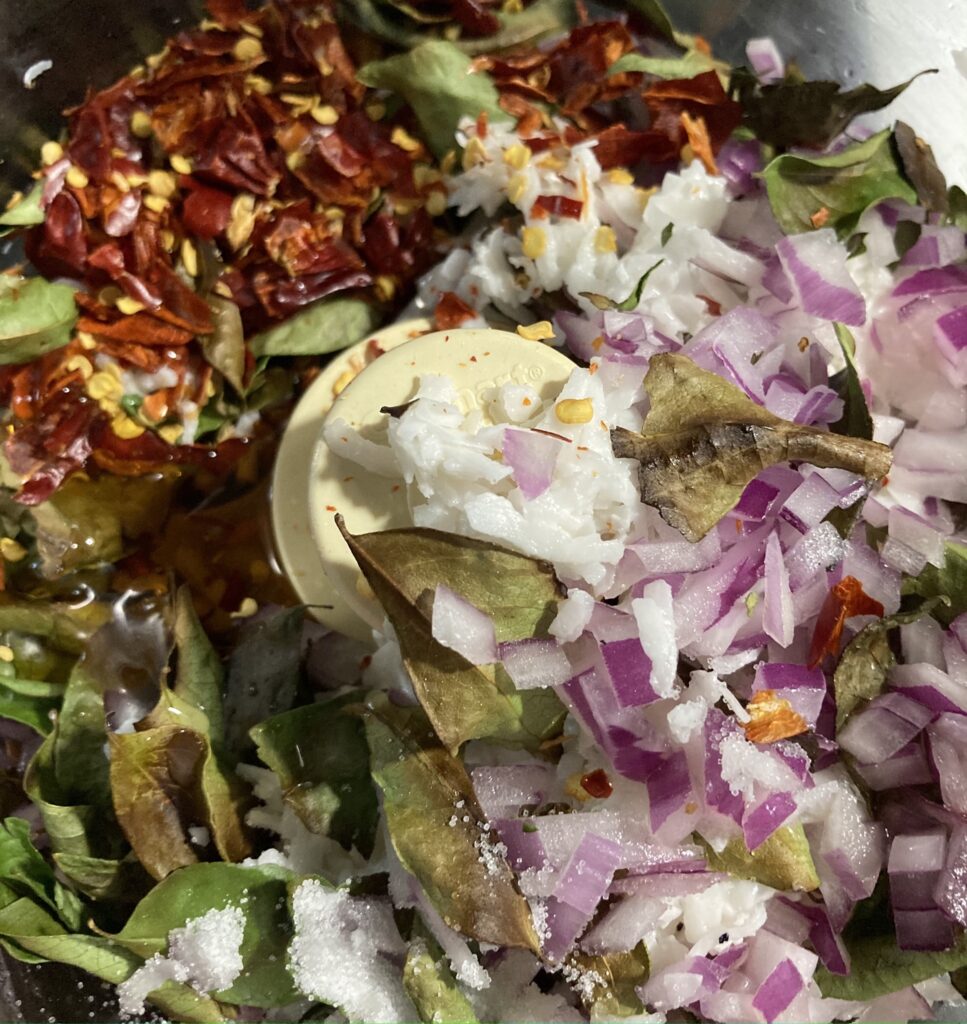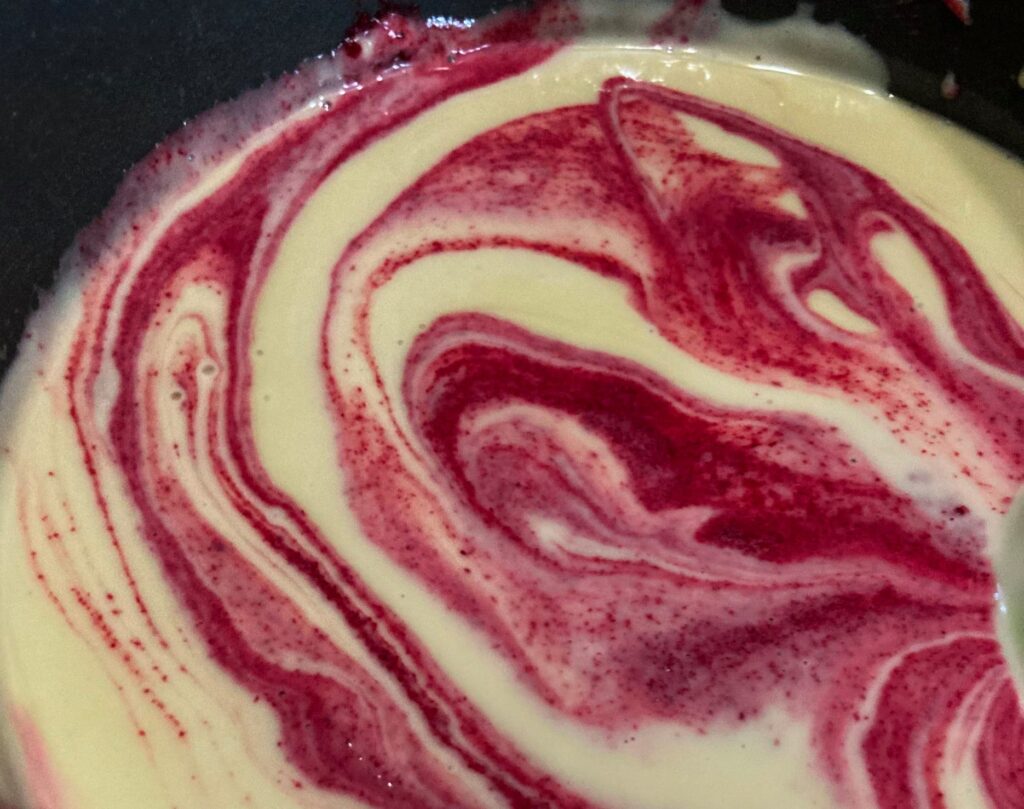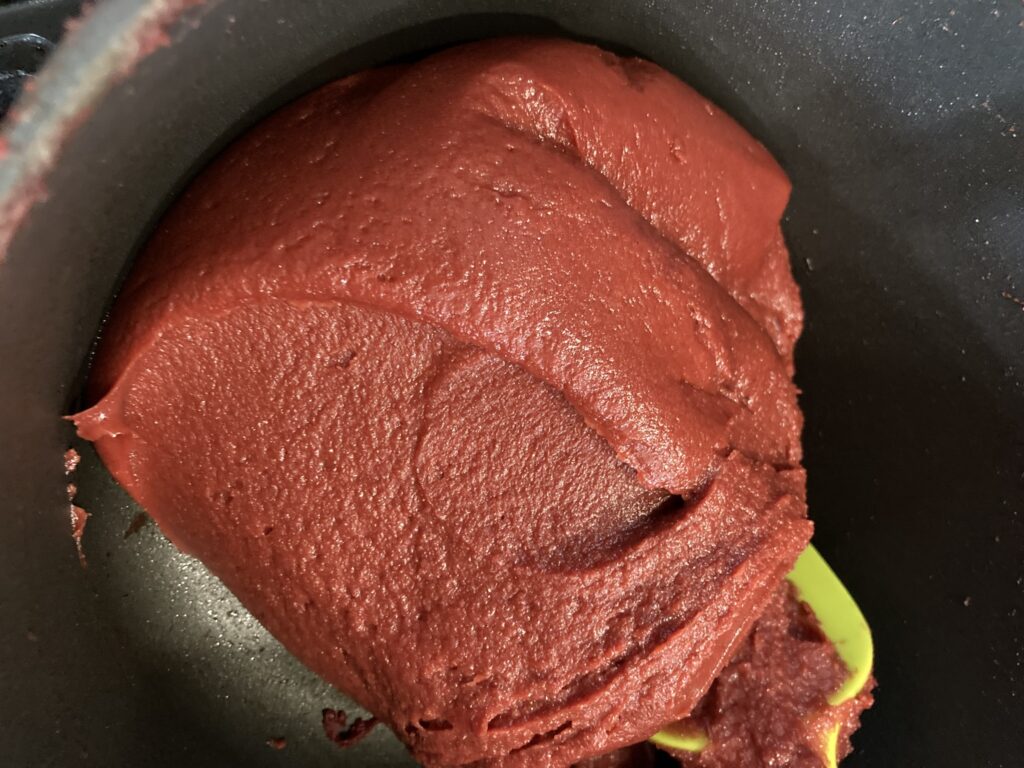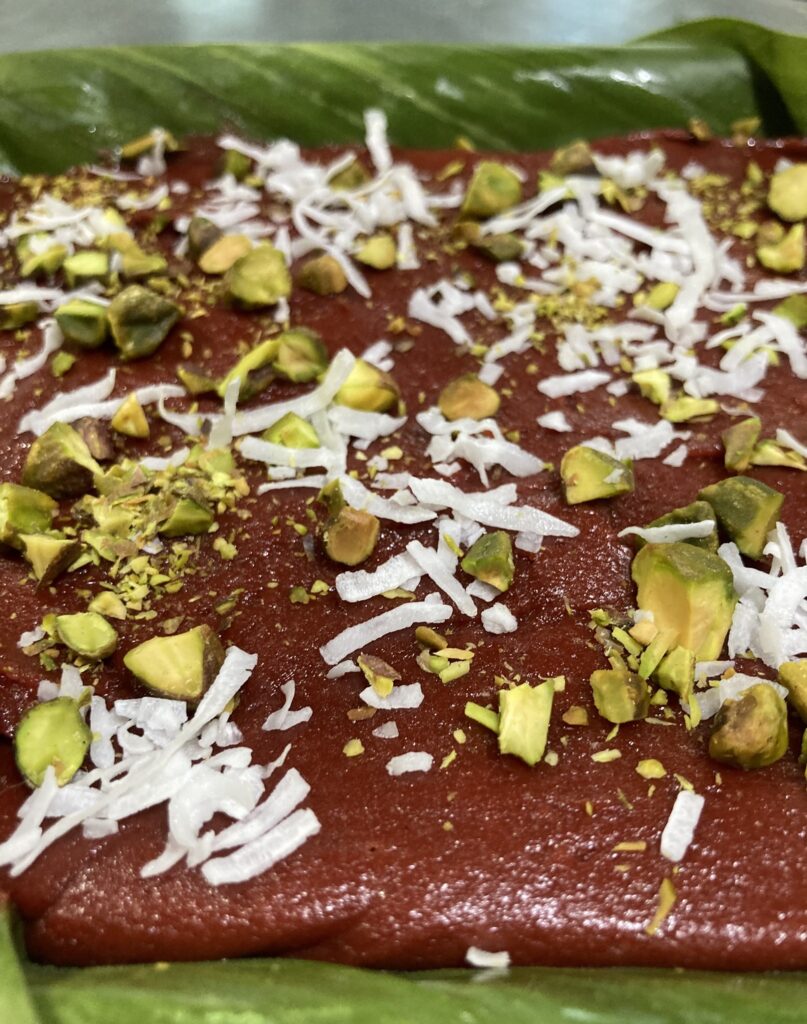Note that curry leaves (flat, dark-green leaves) are botanically known as Murraya koenigii; they are aromatic and an essential element of Sri Lankan cuisine; they’re becoming more available in the States these days, and can also be ordered online to arrive as fresh leaves. They can be frozen if needed for use in curries, but for this sambol, it’s best to start with fresh green leaves. Do not confuse them with the ‘curry plant,’ which has fuzzy grey-green spiky leaves which smell like curry; it is not edible.
This recipe is a variation on one found in N. Maheswari Devi’s Jaffna Heritage Cooking; she notes: “These recipes, which were found handwritten on manuscripts date back to the pre-Portuguese period. Cooking with honey is an ancient practice, which has endured from generation to generation, and many age-old recipes which use honey as an ingredient can still be found today.”
I mention this in part because I was honestly surprised to see honey as an ingredient; I hadn’t thought of honey as a typical component of Sri Lankan cuisine. But honey is actually perfect in this recipe, beautifully balancing the savory and spicy elements.
1 t. salt
1. In a sauté pan, toast curry leaves on medium-high, stirring, until lightly toasted.
2. Either with a mortar and pestle, or in a food processor, combine all ingredients until well-blended. Taste and adjust seasonings, then serve with rice and curry, roti, etc.

